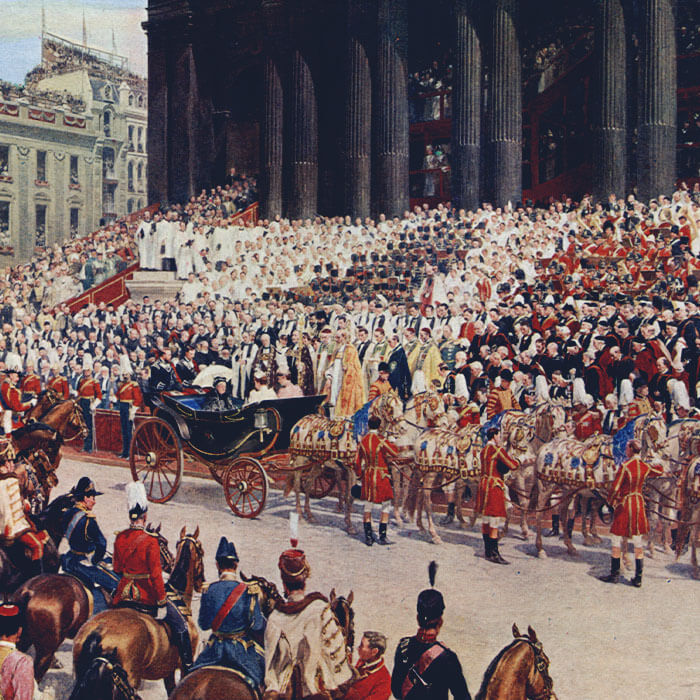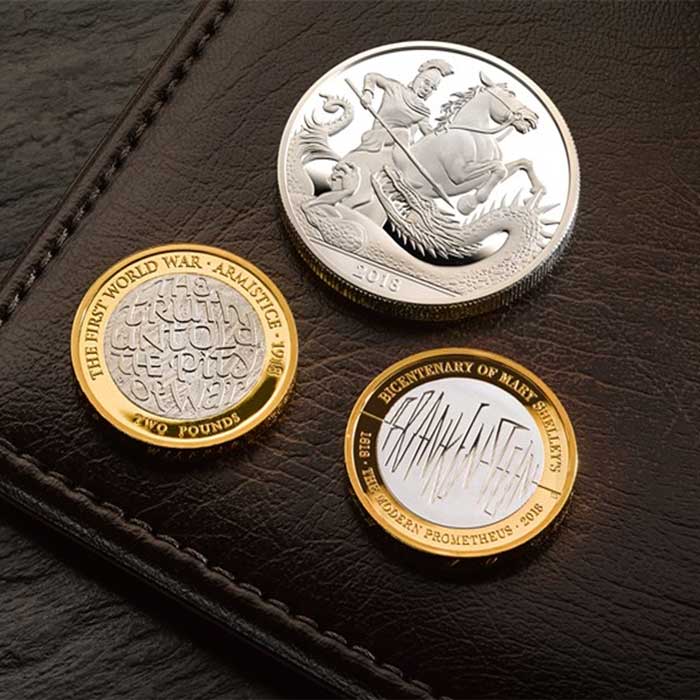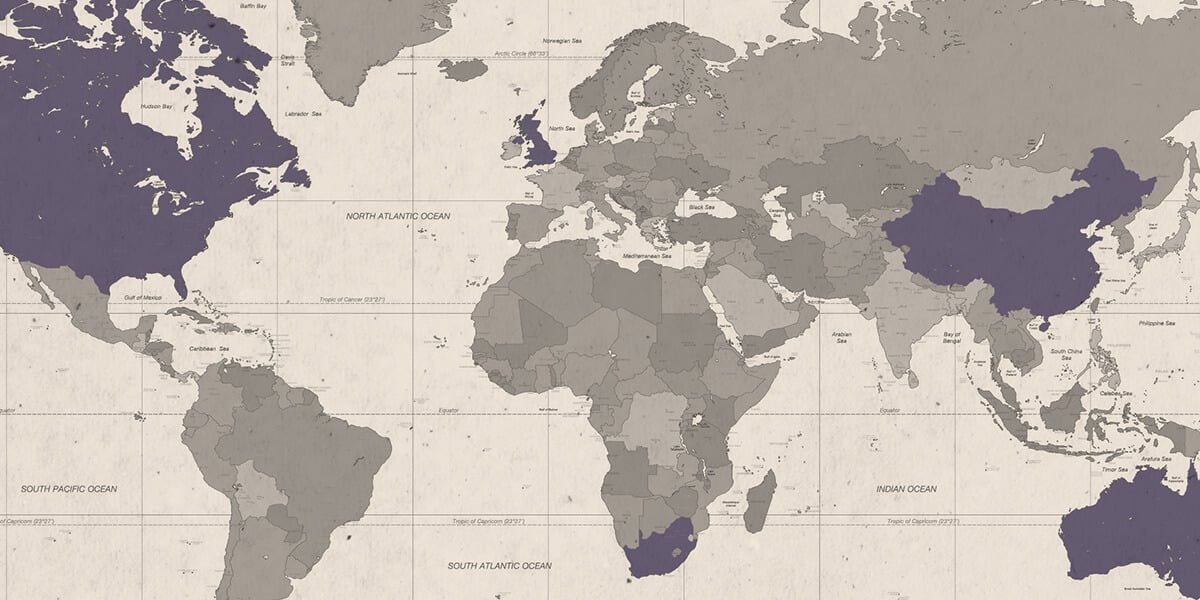
There are many different coins issued by mints around the world, offering coin collectors the option of including numismatic value and variation to their collections. As an alternative to holding precious metals in plain bars and ingots, the themes and designs depicted on coins add an element of collectability, with many choosing to build an international coin collection.
There is also another benefit to collecting bullion, as international bullion coins are backed by their respective governments’ guarantees, ensuring the purity of their precious metals.
In the United Kingdom, our Sovereign and Britannia coins are classed as legal tender and are therefore exempt from Capital Gains Tax for UK residents.
The Flagship Coins of the World Set brings together some of the most popular coins from global leading mints in one unique set. These iconic coins are some of the most recognised and collected in the world.
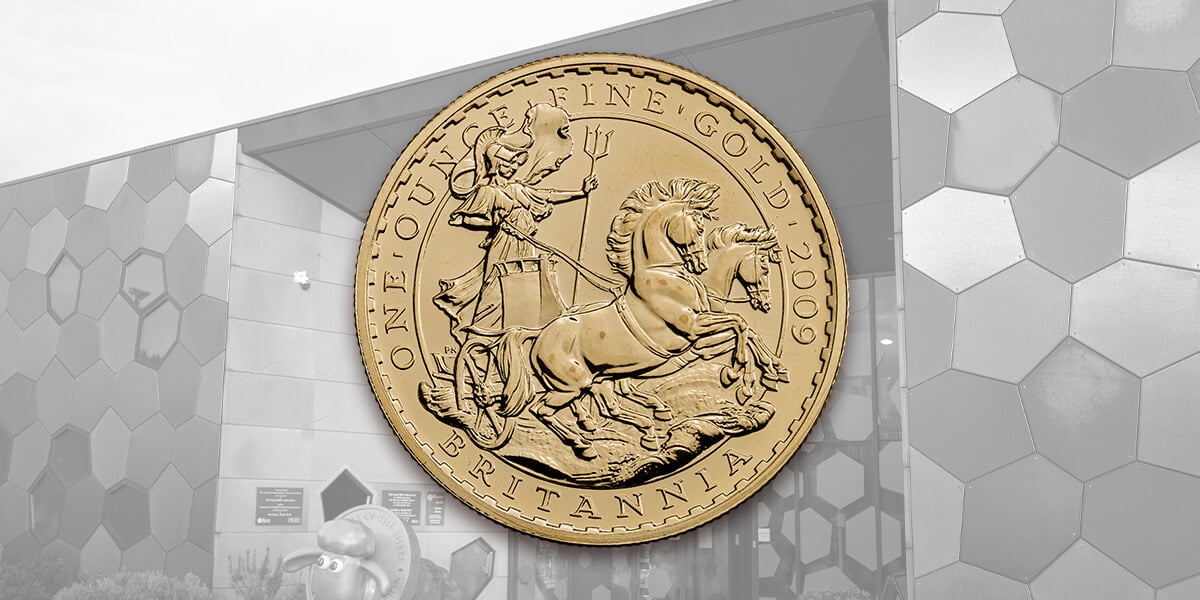
Britannia
Britannia is one of The Royal Mint’s flagship coins and one of our most popular products. Britannia first appeared on coins struck in Roman times and was revived on circulating coins 350 years ago during the reign of Charles II when she appeared on the reverse of copper halfpennies and farthings. Since then, Britannia has been included on the coins of every British monarch and has come to represent hope and strength of character in challenging times.
In 1987, the then Chancellor of the Exchequer, Nigel Lawson, gave consent for a new £100 gold coin, upon which designer Philip Nathan’s Britannia became the modern face of bullion.
The iconic design has evolved over time and in 2021 and 2022 innovative and groundbreaking security features were added to the Britannia coins, making them the most visually secure coins in the world.
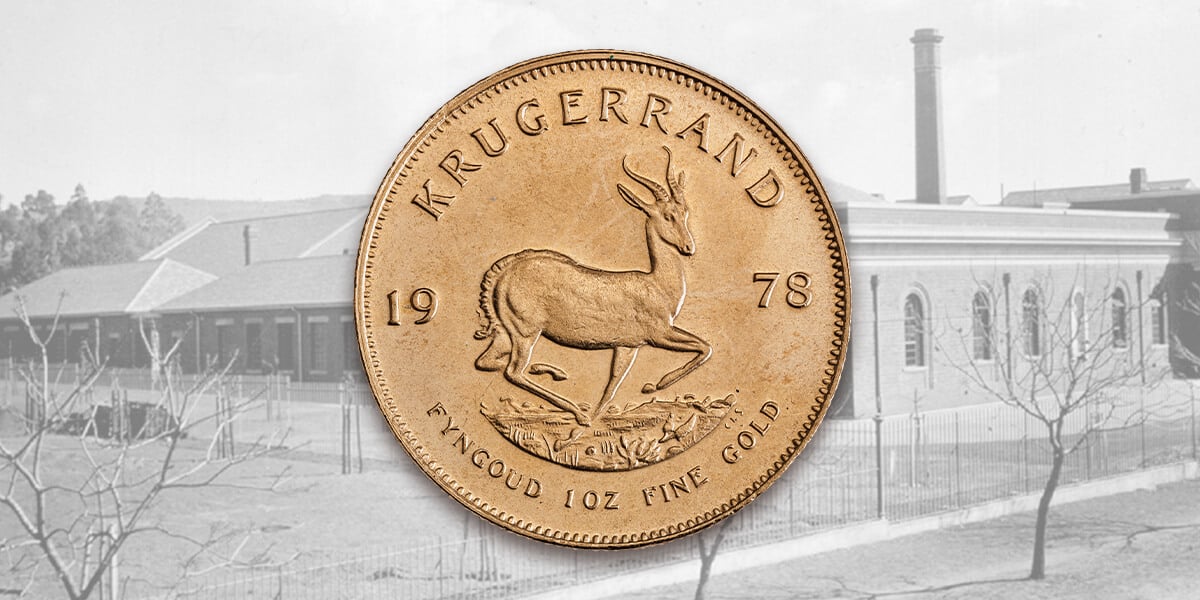
The Krugerrand
In the 1960s, gold mines in South Africa produced 70% of the gold distributed internationally. Seeking an opportunity to capitalise on a new market, the South African government created a modern gold bullion coin in 1967 called the Krugerrand. Shortly after its release, the global prohibition on the private ownership of gold was relaxed and then repealed. Demand for the Krugerrand soared since there was no other coin like it in the world at that time, but soon rival bullion coins were struck by other international mints.
The word ‘Krugerrand’ combines the name of the rand unit of currency with the surname of Paul Kruger, an important political figure in the former Republic of South Africa, whose portrait appears on the obverse of the coin. The coin’s reverse features a springbok, the national animal of South Africa. The coin is manufactured in a collaboration between Rand Refinery, which is the largest gold refinery in Africa, and the South African Mint. Rand Refinery supplies the blanks for the South African Mint to strike the coins, before Rand Refinery inspects, packs and distributes the Krugerrands around the world.
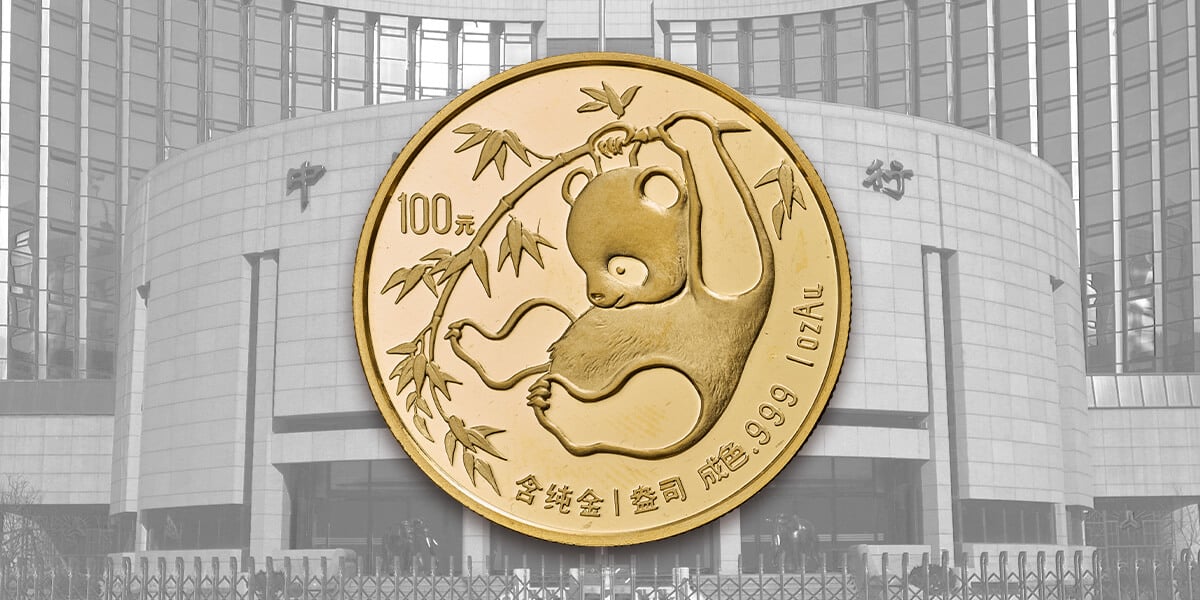
The Panda Coin
The People’s Bank of China (PBC) is the central bank responsible for currency, production and distribution of coinage for the People’s Republic of China. In 1982, the Chinese government introduced a new bullion coin featuring the image of a giant panda, a much-loved yet endangered animal endemic to mainland China. The coin’s intricate and charming designs, which change nearly every year, have become very popular with international collectors.
The ‘Hall of Prayer for Good Harvest’ in the Temple of Heaven, a holy and UNESCO World Heritage site in Beijing, appears on the obverse of the coin.
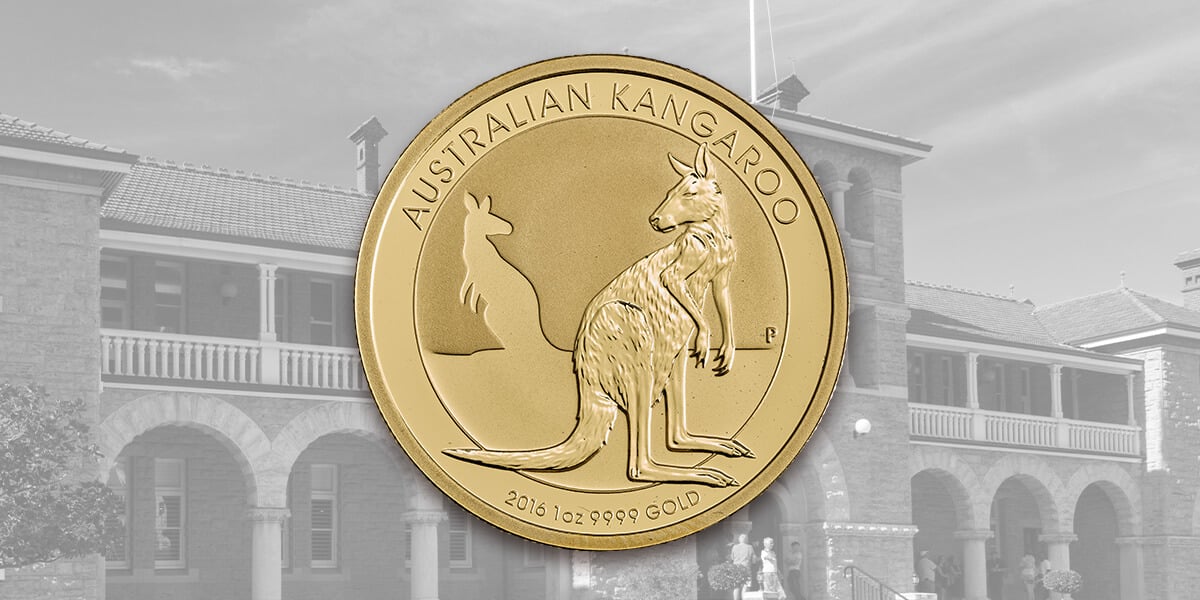
The Kangaroo Coin
Like the Chinese Panda coin, the design on the Australian Kangaroo coin, which is struck at The Perth Mint, changes every year. From 1986 to 1989, the coin’s reverse depicted various Australian gold nuggets. At the time, the Australian Nugget was the only gold coin series in the world to feature a different design on the reverse of four coins in one issue. In 1989, the design on the Proof edition of the coin was changed to feature pictures of kangaroos, the national animal of Australia, a subject that has appeared on every reverse ever since. These designs, along with the coin’s relatively low mintage, makes them extremely popular with collectors.
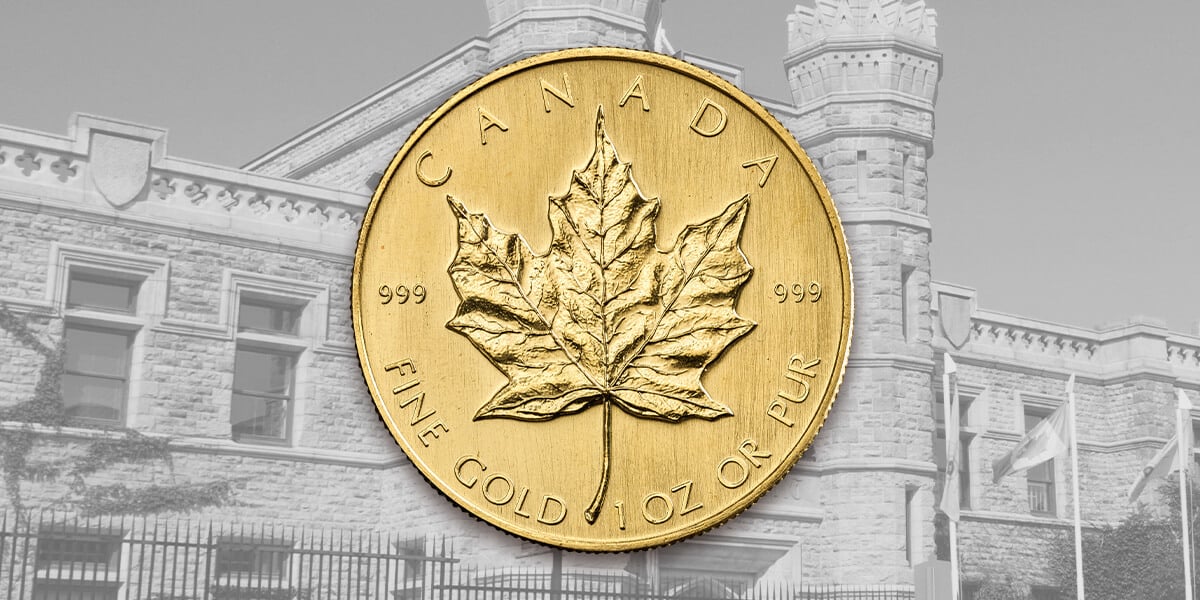
The Maple Leaf Coin
The Royal Canadian Mint first introduced the Maple Leaf coin in 1979 as a rival to the Krugerrand, which was in short supply due to the economic sanctions on South Africa at the time. With its 999.9 fineness, it is widely renowned for being the first bullion coin to achieve this superior purity, although many international bullion coins have since been struck to this standard. The maple leaf is the national symbol of Canada, appearing on the country’s flag, and was therefore the obvious choice to feature on the design of a new bullion coin.
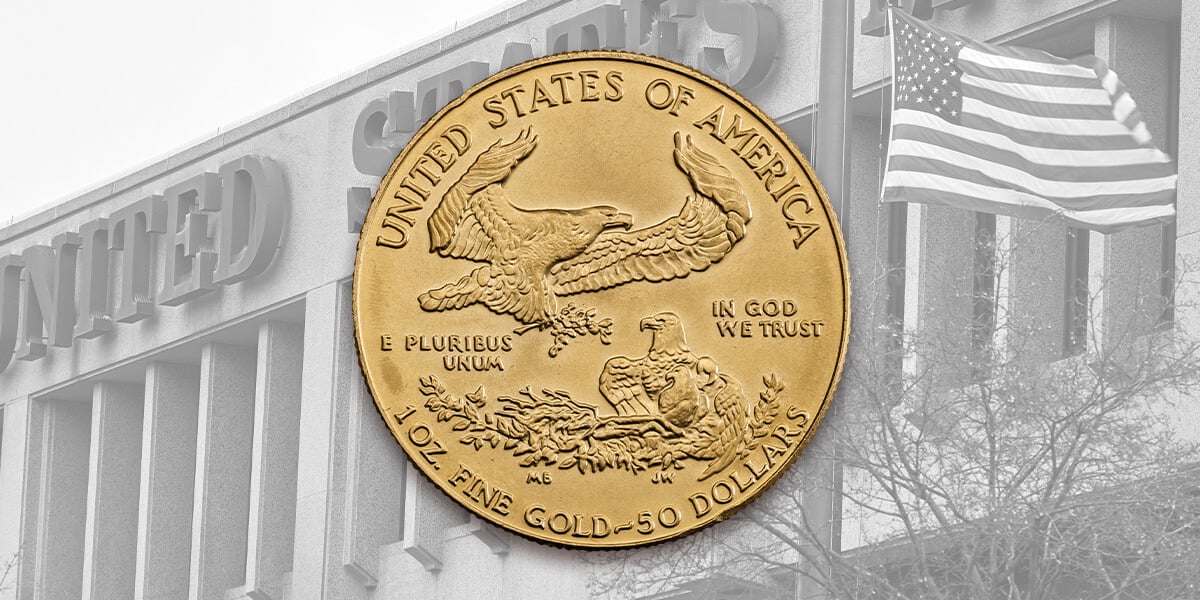
The American Eagle Coin
In 1986, the United States Mint introduced the American Eagle gold bullion coin after its authorisation under the Bullion Act of 1985. Representing strength, independence and freedom, the coin’s reverse design features the bald eagle, a creature originally chosen by the Founding Fathers of the United States as a national symbol. The obverse of the gold coin features a design by Augustus Saint-Gaudens, which shows Liberty facing forward, holding a torch in one hand and an olive branch in the other. The obverse of the American Eagle silver coin uses the ‘Walking Liberty’ design by sculptor Adolph A. Weinman, in which Liberty walks in profile, draped in the folds of the American flag.





